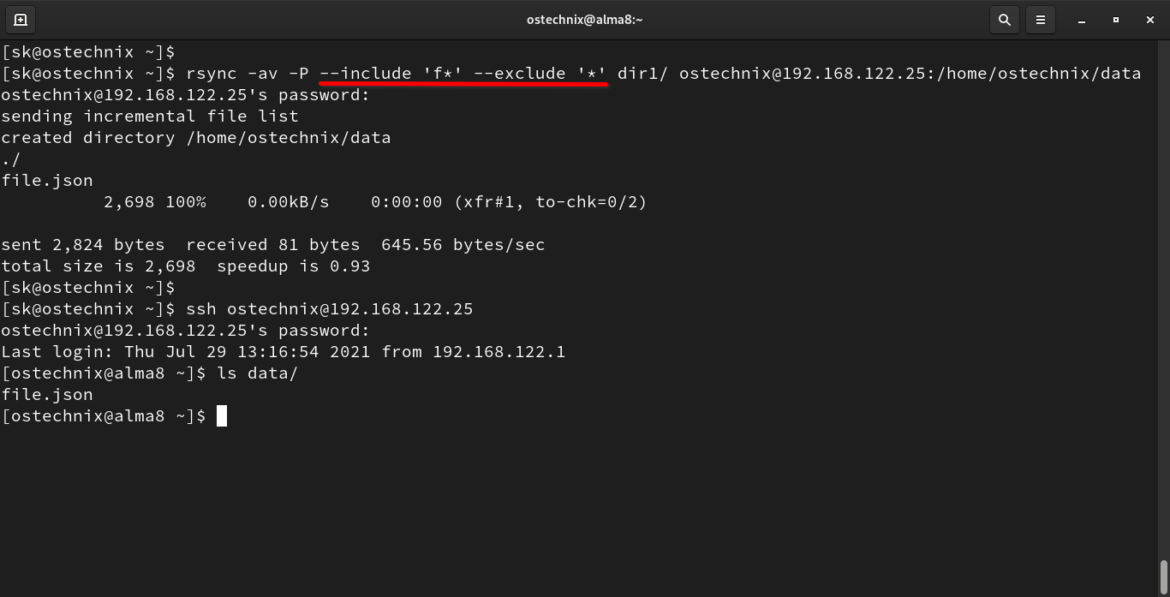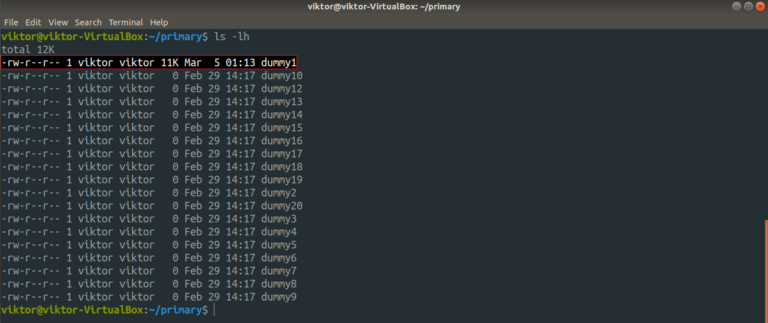
- #Grsync exclude directory update#
- #Grsync exclude directory password#
- #Grsync exclude directory download#
Passing parameters such as -a for “archive” is quite common as it is a “meta-parameter” that automatically invokes a handful of others for you. It’s ordinarily desirable to pass rsync a few parameters to ensure things behave the way a human would expect them to. In its simplest form, rsync can be told to ensure that a file in one location should be the same in a second location in a filesystem. On the command line, rsync is generally invoked using a handful of parameters to define how it should behave since it’s a flexible tool. Linux system administration skills assessment.A guide to installing applications on Linux.
#Grsync exclude directory download#
Download RHEL 9 at no charge through the Red Hat Developer program.Working with rsync is easy and can be used on the command line, in scripts, and some tools wrap it in a nice UI for managing tasks. This is also the case with macOS, *BSDs, and other Unix-like operating systems. Since it comes packaged with most Linux distributions by default, it should be easy to get started. It can also do a quick hash check of files on the source and destination to determine whether or not it needs to transfer a new copy, possibly saving significant time and bandwidth.


To accomplish this efficiently, by default, it will check the modification times of files. Also, rsync provides the ability to synchronize a directory structure (or even a single file) with another destination, local or remote.

It checks to see if files exist in the destination before sending them, saving bandwidth and time for everything it skips.
#Grsync exclude directory update#
The rsync tool can recursively navigate a directory structure and update a second location with any new/changed/removed files. One of the most useful tools in a sysadmin’s belt for this kind of task is rsync. When run from the prompt, rsync works just fine.Admins (or normal users) often need to back up files or keep them in sync between multiple places (including local and remote) without transferring and overwrite all files on the target every time. Rsync -r -t -v -progress -delete -z -s -e "ssh -p 7822" -exclude ".*" /local-path/local-directory/ is in error, on grsync's part. * /local-path/local-directory/ what I actually entered into grsync was, with quotation marks: Rsync -r -t -v -progress -delete -z -s -e ssh -p 7822 -exclude. When run from the prompt, rsync works just fine. Rsync -r -t -v -progress -delete -z -s -e "ssh -p 7822" -exclude ".*" /local- path/local- directory/ server: path/directory * /local- path/local- directory/ server: path/directoryīut what I actually entered into grsync was, with quotation marks: The command that grsync erroneously generates is, without quotation marks: Rsync error: unexplained error (code 255) at io.c(235) Rsync: connection unexpectedly closed (0 bytes received so far) Ssh: connect to host remotehost-name port 22: Connection refused One can only see the issue, and an error, if you use grsync's "rsync command line" under the "File" menu, and copy that text into a terminal.
#Grsync exclude directory password#
The result, is that it uses an incorrect, closed port, hence, no password request. Grsync instead renders this command as -e ssh -p 7822, without quotation marks, and rsync doesn't know what to do with this. Specifically, quotation marks do not get passed along in the rsync command that gets executed.įor me, the result is that rsync tries to use the default port 22, instead of port 7822, as stipulated in: Do I describe the same situation?įor me, the problem is that grsync does not include all elements of what I have indicated in the advanced options tab.

I experience the same issue, but can provide more details than those above.


 0 kommentar(er)
0 kommentar(er)
